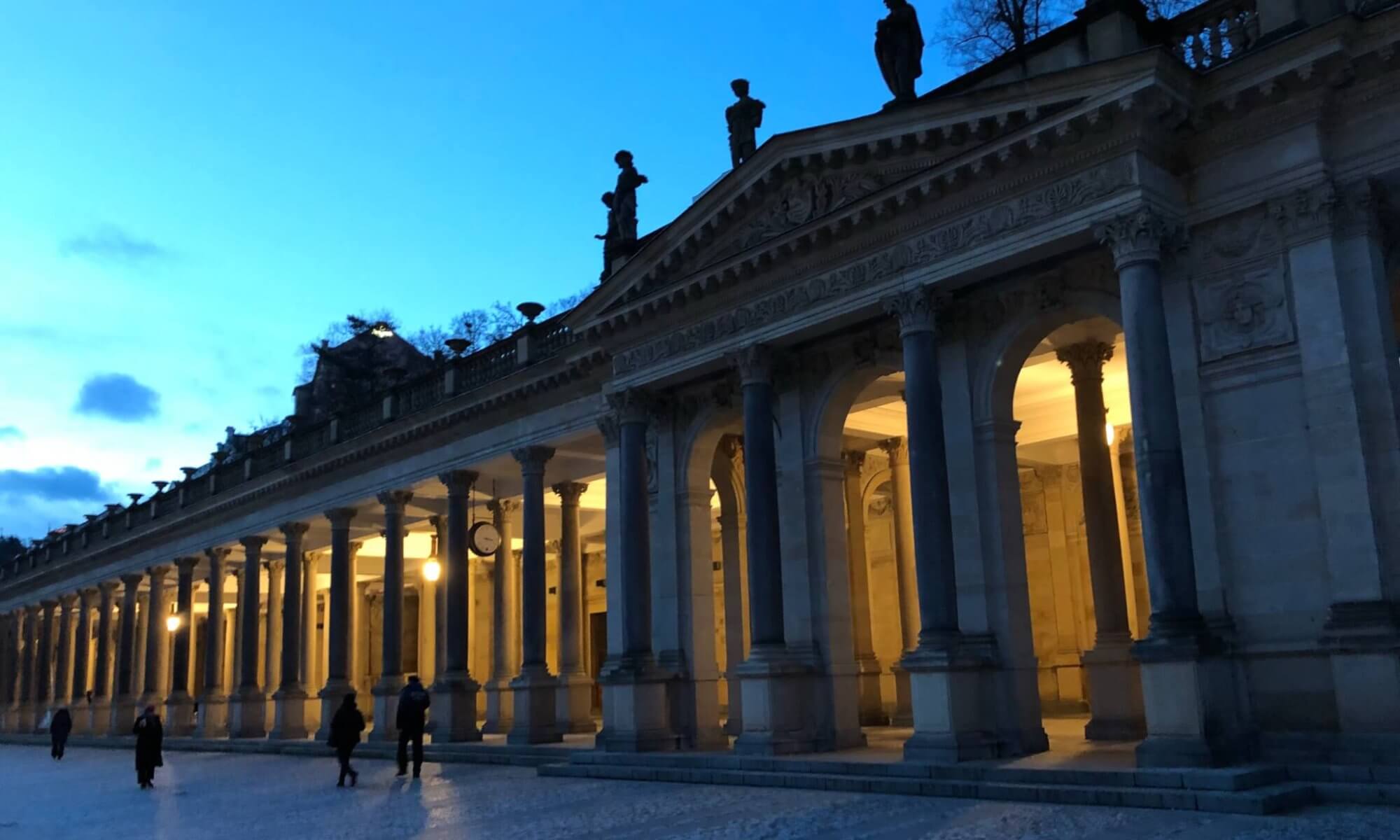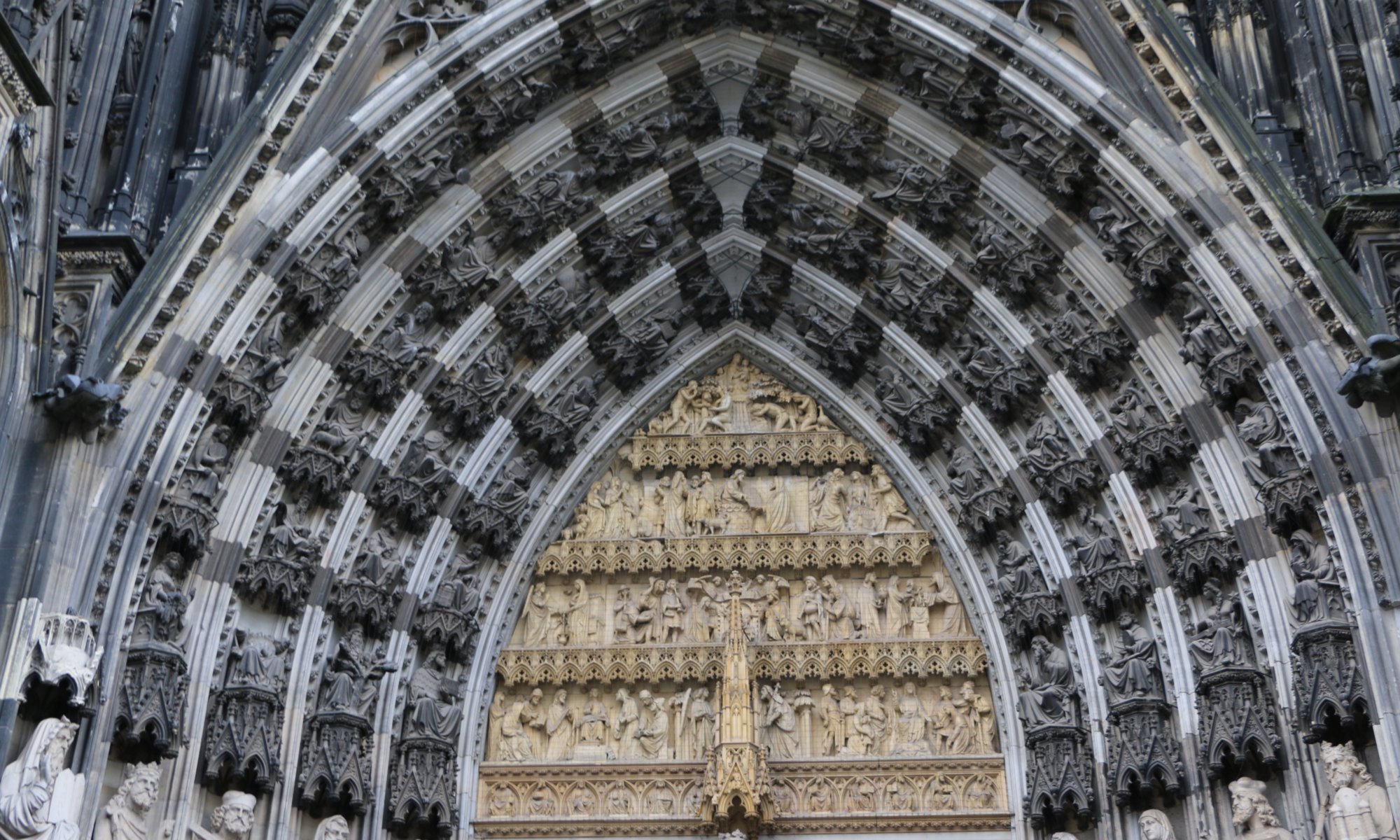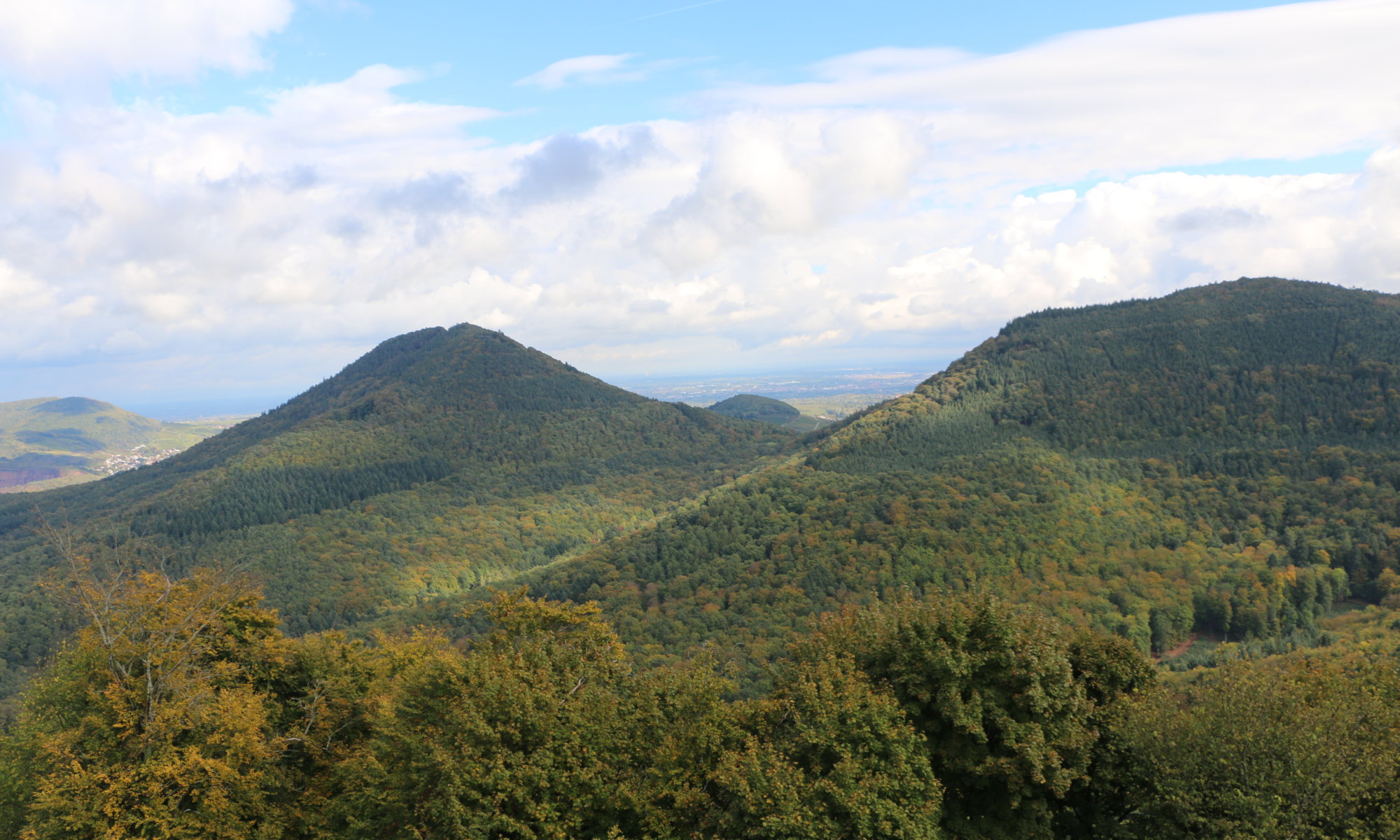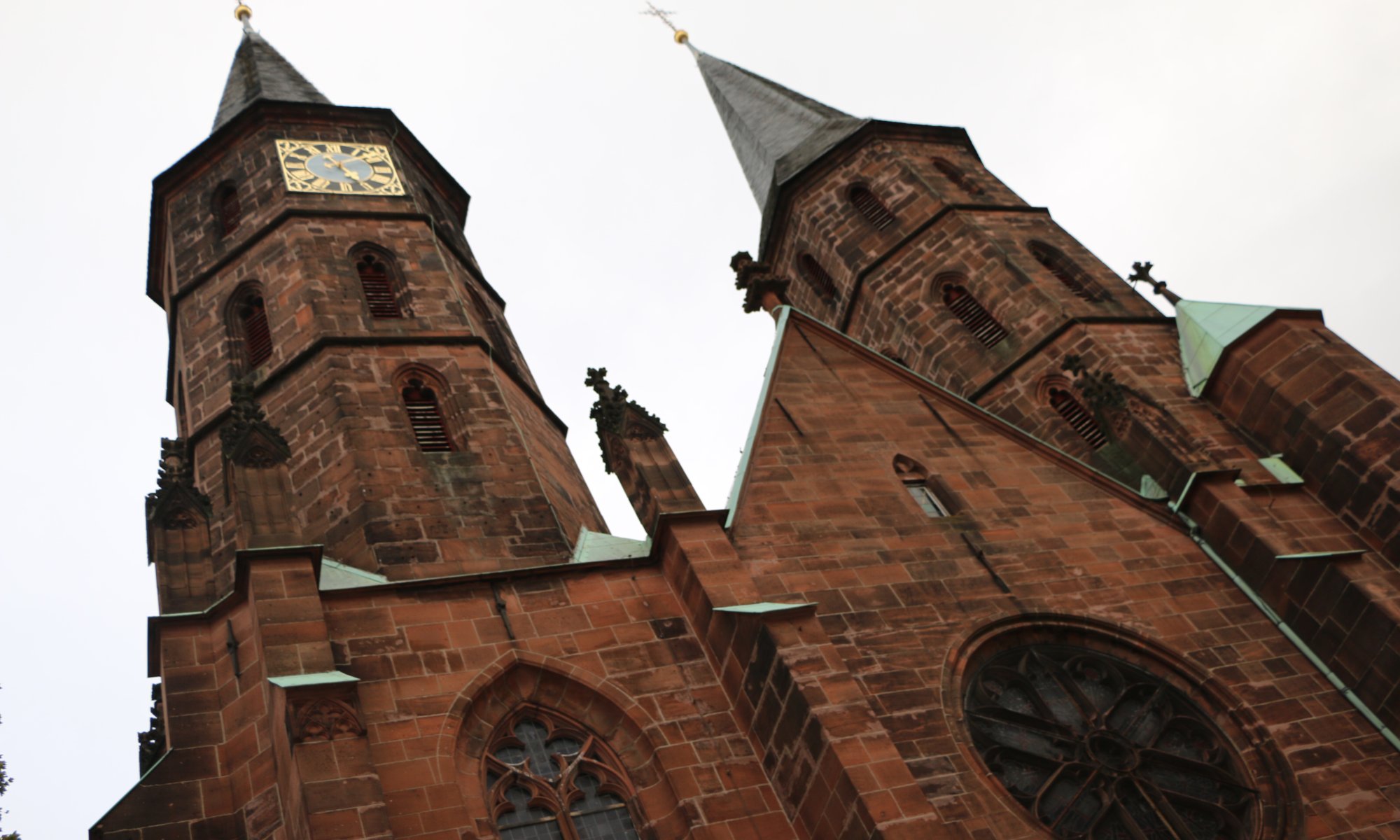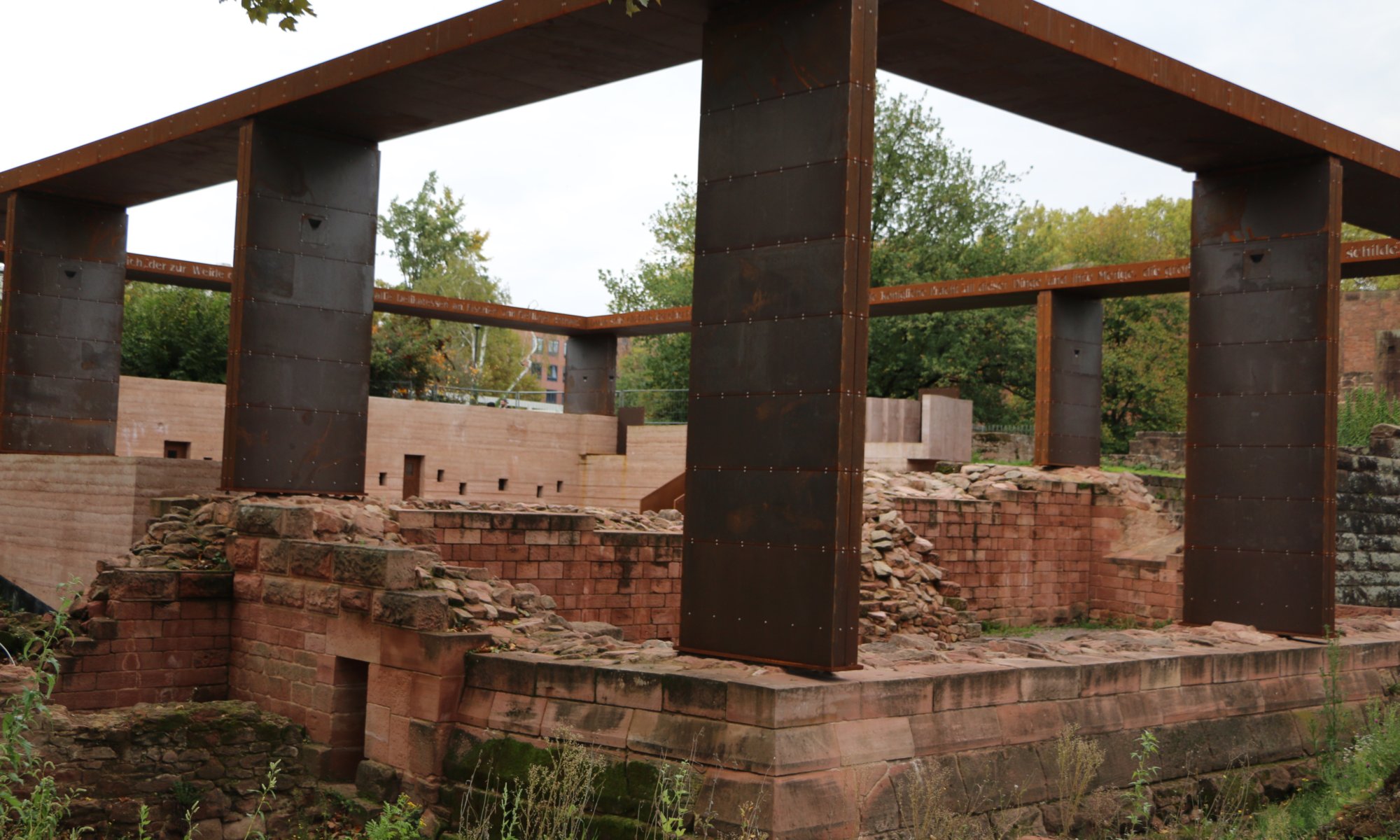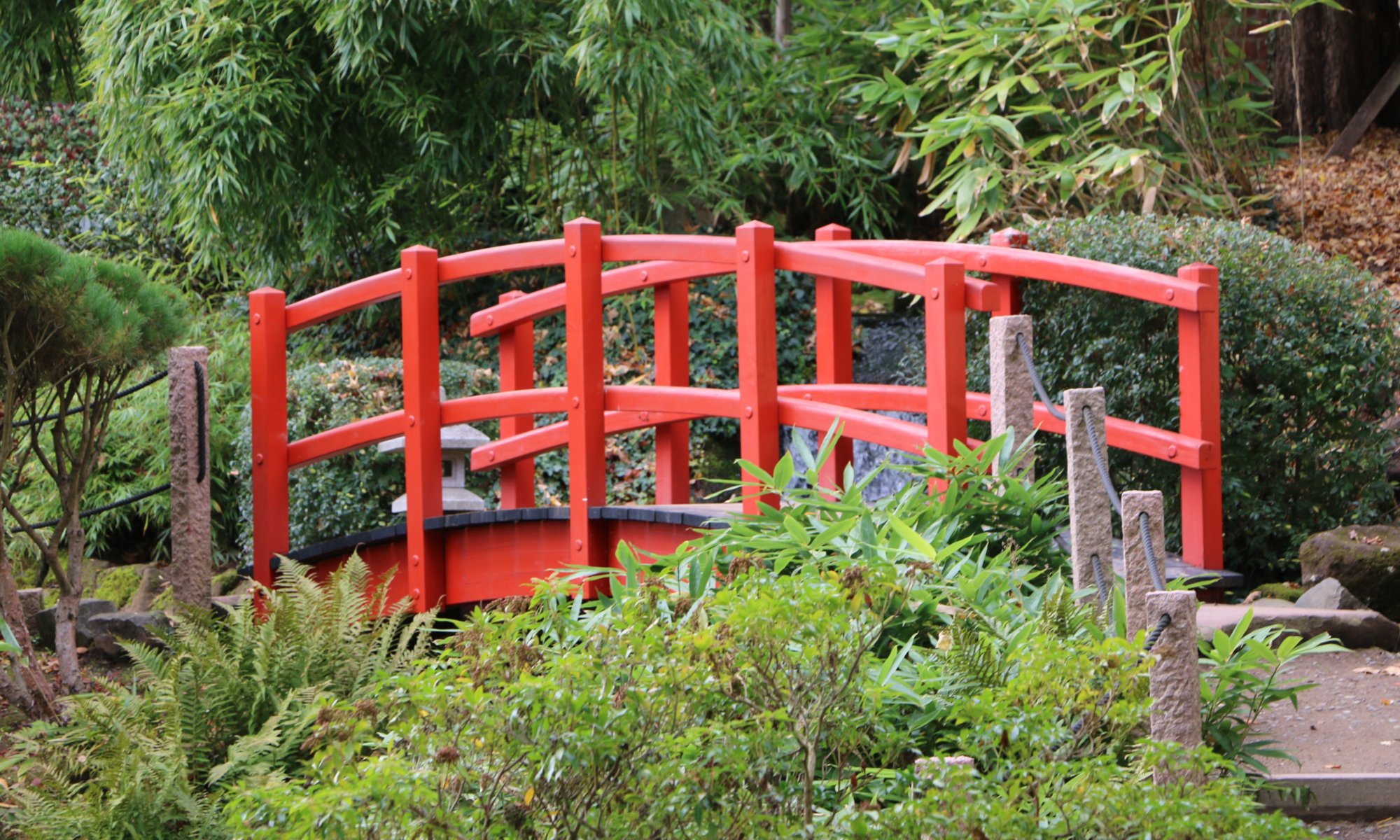The cathedral of Köln, Germany – known as the Kölner Dom or Hohe Domkirche Sankt Petrus – is a Roman-Catholic church under the protection of Apostle Petrus. It is a UNESCO world heritage site and after the Ulmer Münster the second highest religious building in Germany, number three worldwide. It is 157 meters high and was built from the year 1248 CE on. Continue reading “Kölner Dom”
Hohenzollernbrücke
The Hohenzollernbrücke is an iconic railway bridge in Köln, Germany – directly next to the Kölner Dom and main railway station. It was built between 1907 and 1911 and partially destroyed by the Wehrmacht in 1945. Before that it also had a section for cars. When it was rebuilt only lanes for pedestrians and bycicles where added on both sides. Continue reading “Hohenzollernbrücke”
The Flora
The city of Köln, Germany grew and grew – and there were only limited green areas in the city center. And then the botanical garden close to the cathedral also had to close because this space was needed for the new main railway station. Therefore a new botanical garden was created close to the zoological garden and it opened in 1864 – called the Flora. Continue reading “The Flora”
Hühnerfeld
Sometimes I travel lots of kilometers to interesting places and sometimes I discover highlights just around the corner. One of the latter is the Hühnerfeld in Staufenberg, Germany – between Hann. Münden and Kassel. It is a natural reserve including a swamp area which you can cross on a nice wooden path.
Continue reading “Hühnerfeld”Reichsburg Trifels
The Reichsburg Trifels is a castle on mountain Sonnenberg close to the city of Annweiler am Trifels, Germany. It was built before the year 1081 within the Pfälzerwald between Kaiserslautern and Landau. It is surrounded by mountains and forests and you‘ve got a fantastic view from the tower of the renovated castle once you made your way up. Continue reading “Reichsburg Trifels”
Fritz-Walter-Stadion
The soccer stadium of Kaiserslautern, Germany was formerly named after the mountain it is standing on, the Betzenberg (a name every German soccer fan knows). The Stadion am Betzenberg was opened in 1920 and his home to the 1. FC Kaiserslautern which was playing for many years in the Bundesliga. To commemorate the famous German player Fritz Walter it was renamed on his 65th birthday to Fritz-Walter-Stadion. Continue reading “Fritz-Walter-Stadion”
Dinosaurs & Co.
The Gartenschau Kaiserslautern was opened in the year 2000 and formed – together with the Japanese garden – the first garden exhibition of the German federal state of Rhineland-Palatine. The grounds of a quarry, a spinning mill and a slaughterhouse in Kaiserslautern, Germany were transformed into a nice garden which is today an important park. Continue reading “Dinosaurs & Co.”
Stiftskirche
The Stiftskirche in the center of Kaiserslautern, Germany was once a catholic church named St. Martin and St. Maria. Today it is a protestant church inviting everyone for a quite moment. On the site once a cloister (“Stift“) was created by monks that emperor Friedrich Barbarossa had invited to settle in the city in the year 1176 CE. The church was built from the year 1250 on. Continue reading “Stiftskirche”
Kaiserpfalz
The Kaiserpfalz in Kaiserslautern, Germany is the ruin of the medieval royal palace of the Holy Roman Emporer Friedrich Barbarossa („red beard“) built in the 12th century CE. The so called Barbarossaburg is located close to the city center of Kaiserslautern. It was damaged in 1635 and 1688 and was finally destroyed by the French army in 1703. Continue reading “Kaiserpfalz”
Biggest Japanese garden
From Germany Japan is quite far away but sometimes it is pretty near: thanks to the big Japanese communities especially at Düsseldorf and Frankfurt we are able to enjoy original Japanese dishes and sometimes walk through nice Japanese gardens. The biggest Japanese garden in Germany is at a rather unexpected location – in Kaiserslautern. Continue reading “Biggest Japanese garden”
